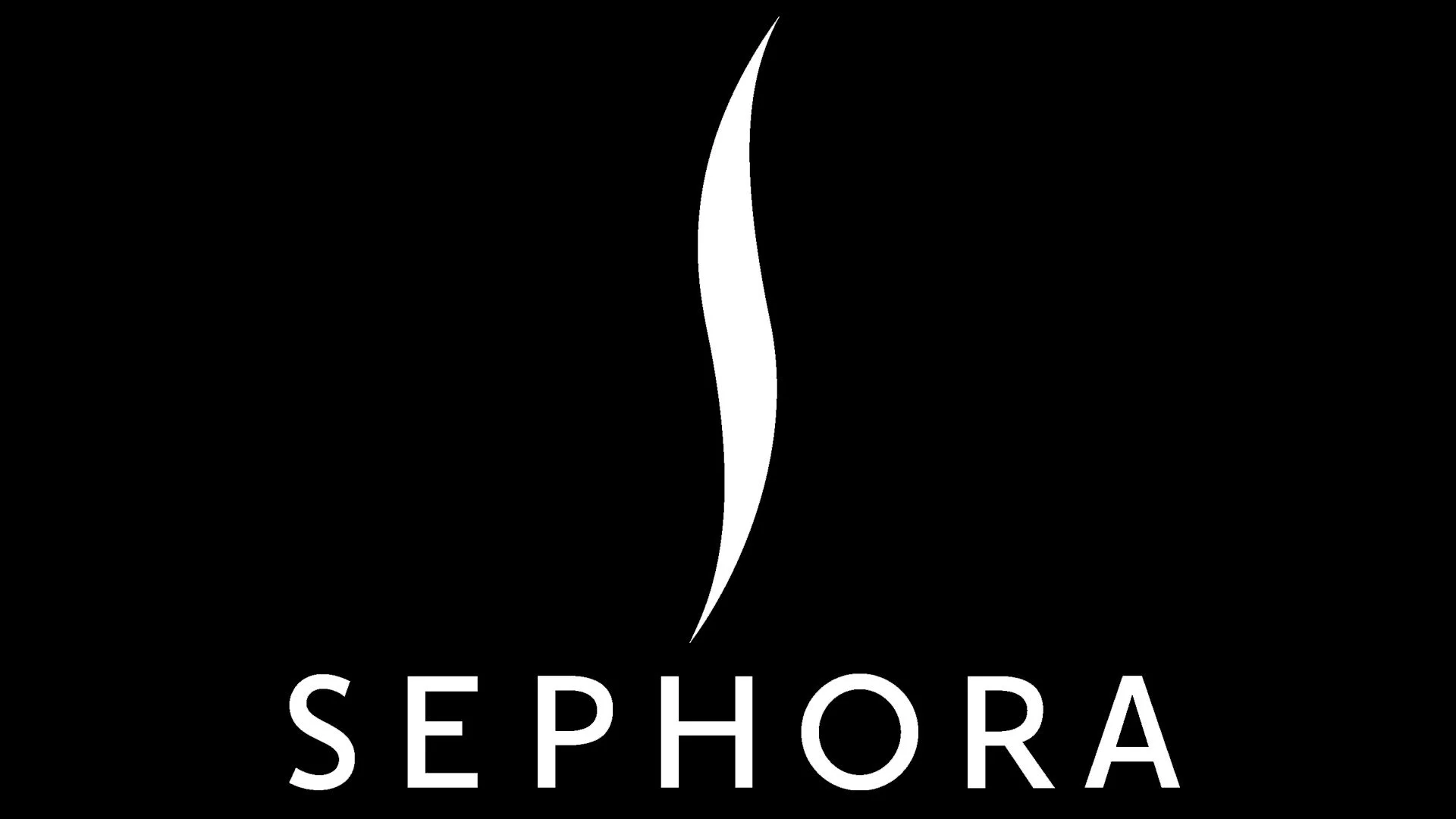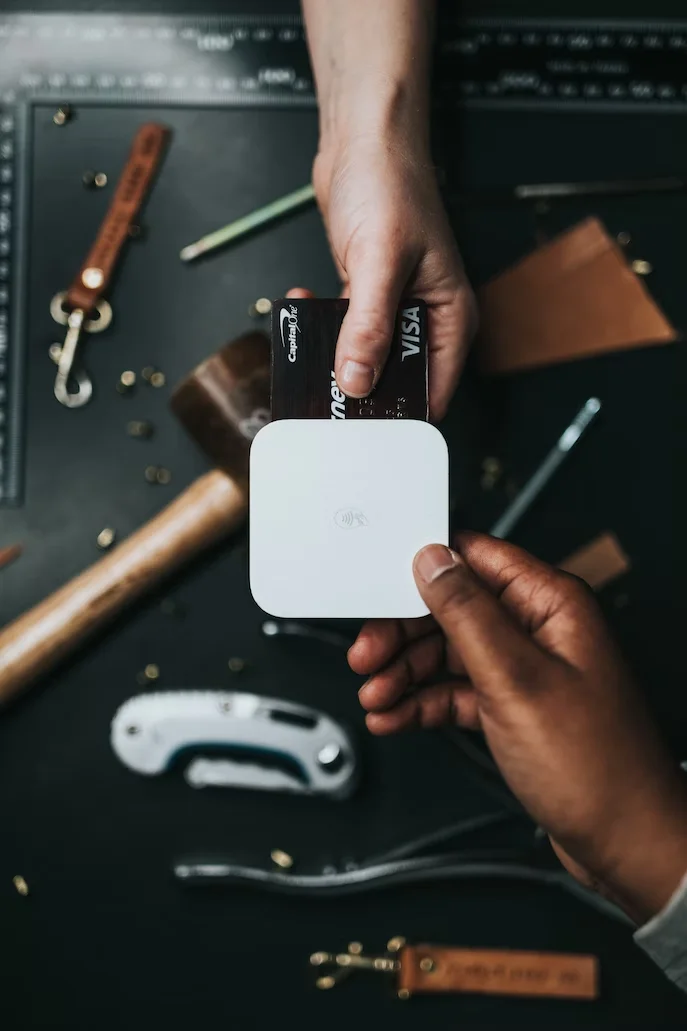Defining Brand Engagement
When we meet someone for the first time, we form emotions and feelings towards that person. Over time, these feelings can grow or diminish depending on our various interactions with that individual.
What is brand engagement?
Brand engagement is the bond a brand will forge with consumers. Stronger brand engagement means better customer loyalty, retention, and exposure.
Engaging with a brand is no different.
Brand engagement is how people form relationships with your brand. This engagement doesn’t stop after the initial interaction, instead it will be measured on how your brand connects and forms emotional connections with employees or customers over time.
Creating interest through initial marketing is just the beginning. If you’re able to develop an effective brand engagement strategy, you’ll ensure an emotional attachment that will attract and retain customers, leading to guaranteed sales. Many successful organization choose to collaborate with a brand strategy agency to translate abstract engagement goals into tangible, data-informed actions that elevate long-term brand equity.
There are two types of brand engagement, internal and external.
Internal Brand Engagement
is the connection employees or shareholders form with a brand. Internal brand engagement is very important because if employees or shareholders don’t believe in the brand they are associated with, there isn’t much hope of consumers establishing a strong relationship either.
External brand engagement is the relationship that forms between consumers and a brand. External brand engagement consists not only of existing customers but also of potential customers and any of the general public that might come into contact with your brand.
External brand engagement
is arguably the most important aspect of brand engagement as customers are ultimately the ones who will bring success to a brand. Consumer engagement can be either rational or emotional, and over time will lead to brand loyalty.
Brand engagement can be defined through different interactions customers make with a brand. Some examples are:
- Retail environments
- Advertising
- Word of mouth marketing
- Social media
- Websites and online interactions
- The product itself
Companies put a lot of effort into making these connections with customers because increasing engagement with their consumers helps influence perception. These interactions also help to increase the knowledge consumers have over particular brands.
Some companies even go the extra mile. Motorcycle brand Harley Davidson even promotes events where multiple owners can meet up and share their vehicles with one another. Events such as these help to increase customer engagement, and allow consumers to form a deeper relationship with the brand.
The Importance of Brand Engagement for your Business

Increasing brand engagement will enable customers to form deeper relationships with your brand. Image via Unsplash
Think of brands you are partial to and what it is you like specifically about them. Quite often products we like will speak for themselves in terms of quality, but even if you have the best product on the market, it’s still important to focus on brand engagement.
So Why does brand engagement matter?
It will boost customer engagement.
This is probably the most important aspect of building brand engagement. In today’s modern age, factors like social media and online advertising mean extra avenues for engaging with both current and potential customers. Email and text campaigns are also additional ways you can engage with clients. Putting in the work in these areas will allow you to build a strong community around your brand.
It increases both customer retention and loyalty.
Today’s market is highly competitive and if you miss a hurdle, another company will likely pounce on dissatisfied customers. A thorough and well thought out engagement strategy means taking care of clients’ needs and preferences. If you make an effort to keep in touch with current customers, you will likely be rewarded with retention and loyalty. It’s always easier to sell new products to existing customers compared to potential ones.
It will lead to more sales.
The level of customer engagement will improve the likelihood of customer satisfaction, and ultimately improve sales. In today’s market, competition is rife so any brand that goes above and beyond to improve relationships with customers will likely lead the way in sales—provided the products are able to back it up.
It provides insight into how products and services can be improved.
If a brand is able to form trusting relationships with customers, those customers will be better able to provide trusted feedback as to how current products or services can be improved. If customers trust a brand, they are more likely to want to see that brand grow. Trusted customers will let a brand know both what they are doing well, and what needs improvement. Through surveys, polls, feedback forms, and comments on social media, a brand will gather all the information it needs to improve in vital areas. Customer retention and loyalty can also be improved further here by rewarding customers for their participation through giveaways and discounts.
With the points listed above, It’s easy to see why effective brand management and constantly aiming to improve brand engagement leads to greater popularity for your brand, and an undoubted improvement in sales.
Ways to Measure Brand Engagement
As we are starting to see, successful brand engagement is vital to success in the business world today. If you’re able to get your brand to the forefront of consumer minds when searching for a specific product, you’ll have an unquestioned advantage over the competition.
But how do you know if your brand is forming the connections you want it to? A failure to understand where you’re winning or losing can leave holes that the competition will fill.
Let’s take a look at 5 ways you can increase your awareness and understand your own brand engagement measurement.
1. Social Engagement
In today’s world, social media is the digital equivalent of word-of-mouth and as so many interactions and transactions happen online, possibly the best method of measuring brand engagement.
There is not only a single method of measuring engagement via social media. Have a think about what matters most to your brand. Through social media, you are able to measure the amount of @ mentions received, numbers of comments on specific posts, reels, or articles, and the amount of hits on brand specific hashtags.
These days having a strong social media presence is everything to the consumer, so it will always be an up to date method of measuring brand engagement. Most social media platforms will have analytics available to help you with measuring brand engagement, but there are also plenty of third party tools such as Hootsuite at your disposal that will help you dive a little deeper.
2. Email Analytics
Life is busy, and these days people barely have time to check the snail mail, but the same doesn’t go for email. With consumers glued to their phones these days, forging connections via email is a great way to increase your following and improve brand engagement.
Keeping track of how many email subscribers you have is another method of showing how interested consumers are in your brand. There are also third party tools such as Right Inbox available that will provide opportunities to manage your email subscribers and monitor important email statistics such as subscribers and the rate at which emails are opened.
3. Website Effectiveness
Your brand's website is often the front page of your story, and having an effective and appealing page is a must in today’s competitive market. Having a stunning website is the first half of the battle, but how do you really know its effectiveness?
Google Analytics is a wonderful tool for monitoring how much traffic your site is receiving. The more visitors your website receives , the greater exposure and engagement your brand will receive. Using tools to dive deeper into the effectiveness of your website will enable you to see details such as whether potential customers are reaching your site via a Google search, or by typing in the URL of your site directly. You’ll also be able to see specific geographic locations where your brand is receiving the highest levels of engagement.
4. Branded Search Terms
Branded search terms can be anything from the names of specific products to the name of your brand.
Using tools such as Google Trends, you’ll be able to effectively monitor how search terms related to your brand and products are being used, and how frequently this is happening. Measuring how much your brand is searched for either across the internet or via social media is a fantastic way to measure the level of brand engagement you are achieving across your digital platforms.
5. Backlinks
If you’re able to expand enough to be included on other websites or social media pages, you’ll start to notice backlinks to your brand pages. Backlinks are a great sign of increasing brand engagement, and various third party tools are available that will show you how many backlinks are being included, as well as exactly where those links are coming from.
Brand Engagement in Action
In today’s world, everybody is constantly connected and new brands are appearing in the market every single day. In a highly competitive world, there are a few brands out there leading the pack in brand engagement.
Let’s take a look at a few brand engagement examples we can learn from.
Sephora

Image via 1000 logos
Probably not what you were expecting to top the list, but Sephora has continued to thrive due largely to its success in brand engagement.
The brand's main strength comes from its Beauty Insider Rewards program. Even using the word “insider” within its title, already gives the customer a vital sense of inclusion within the brand. The brand features a “Beauty Bag” section on their app where insiders can connect their online shopping experiences, in-store visits, and even social media posts all in one place. In the same place, customers are also able to see how many rewards points they’ve accumulated and keep track of any past purchases they’ve made.
It’s thanks to the innovative ideas included within their rewards program and the conciseness of their app that keeps Sephora smelling better than the competition.
Netflix

Image via 1000 logos
Subscription-based services are becoming more and more common in today’s market and maintaining a high level of brand engagement is essential to eliminate the prospect of a revolving door in customer retention. Arguably the most formidable brand with this business model in place, is Netflix.
With more than 90 million customers and a turnover rate of just 9%, Netflix’s extensive investment in algorithms allows the streaming giant to offer an exclusively unique customer experience that competitors can’t match up to.
Netflix responds to each customer's interests through recommendations and even ordering search results. This creates a unique experience for each individual customer.
Brand engagement at its finest.
Peloton

Image via 1000 logos
You know it’s an incredible time to be alive when you can go cycling pretty much anywhere from the comfort of your own home.
Thanks to incredible innovation and immensely strong brand engagement, exercise bike company Peloton has racked its value up to a staggering $1.25 billion.
Peloton can customize workouts for each individual customer and has successfully used the element of friendly competition to build a community of users.
It is through this sense of community and brand engagement marketing that Peloton has out-raced the competition and risen to the top in user engagement and home exercise equipment.
Peloton uses leaderboards and community events to make customers feel seen, heard, and important. Constant community events and consistent new challenges help to keep customers engaged, and the company has even created its own branded clothing to build relationships with customers.
Best Practices for Improving Brand Engagement

Understanding how to improve brand engagement is vital in growing any business. Image via Unsplash
So we now understand what brand engagement is, its importance, what it looks like in action, and learned how to measure it.
Now, let’s take a look at 4 ways you can improve brand engagement within your own business.
1. Hold giveaways, contests, and polls.
Friendly competition is a surefire way to attract new customers and increase engagement amongst current ones. Customers love to be able to interact with brands they like, and who doesn’t love receiving rewards or freebies for loyalty? Rewarding your customers will bring you more, so it’s a win-win.
Social media is perhaps the most obvious way of interacting with customers, and using platforms like Instagram to create polls is another way to bring involvement to customers and ultimately increase brand engagement. Social media engagement is an effective way of running marketing campaigns, and is often the “front page” of your brand, so doing well on digital platforms will also highlight your brand values in the best way possible.
Today’s world revolves around watching “stories” via social media and digital marketing, so highlighting contests, giveaways and polls through stories is the first way to be noticed and a great way of increasing engagement.
2. Events
Events bring customers together and also help to increase brand awareness. Image via Unsplash
If you have the ability to do so, holding events is a fantastic way to increase not only brand engagement, but brand awareness and recognition as well. Running events can also be an effective part of any marketing strategy as it’s a great way for customers to be able to interact with your brand.
Events present an opportunity for customers and potential customers to get together and learn about things such as new or current products, or simply create a chance for building a community around your brand.
Events can be held in person or digitally through forums or live videos. Bringing your customers together in this way keeps them involved, and is a guaranteed way to build brand engagement.
3. Personalized Communication
Personalized communication makes each customer feel valued. Image via Unsplash
Above we learned how Netflix rose to the top of the streaming world through personalized recommendations for each individual user. Finding a way to do this within your own brand is a fantastic way to make each customer feel valued. If you’re able to do that, your customers will likely reciprocate.
If you have an online store, keeping track of what customers have in their shopping carts, or what previous purchases they have made will enable you to make solid recommendations on future purchases. This makes customers feel noticed and appreciated and will surely improve brand engagement.
Individualized emails are also a good way to forge a consistent line of communication with customers, and personal responses will also build rapport and ultimately brand engagement.
4. Customer Feedback and Response
Customer feedback provides you with valuable insight and also encourages engagement amongst customers. Image via Unsplash
You’d be hard-pressed to find a successful brand that doesn’t collect customer feedback, or respond to it. This is essential for increasing consumer engagement, and ultimately brand engagement. It will also provide you with the feedback you need to improve your products and services.
Customers are often pleased to be able to offer feedback and brand recognition to their most loved brands, and often user-generated content can be the best form of marketing. What customers love even more than providing feedback, is hearing back. Responding to customer feedback shows that you care and respect the opinions of individual customers, and this goes a long way towards improving brand engagement.
Post-purchase emails are another great way for following up with customers and gaining their feedback. Personal emails will also demonstrate the care and respect you have for your customers and will go a long way towards improving brand engagement.
Wrapping Up
So, there you have it. You’ve learned what brand engagement is, how to measure it, seen some stellar examples of brand engagement, and discovered how to boost engagement surrounding your own brand.
A strong level of brand engagement is essential to the success of any modern business, and achieving it in high levels will help you rise above the competition.
Nov 15, 2022
